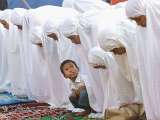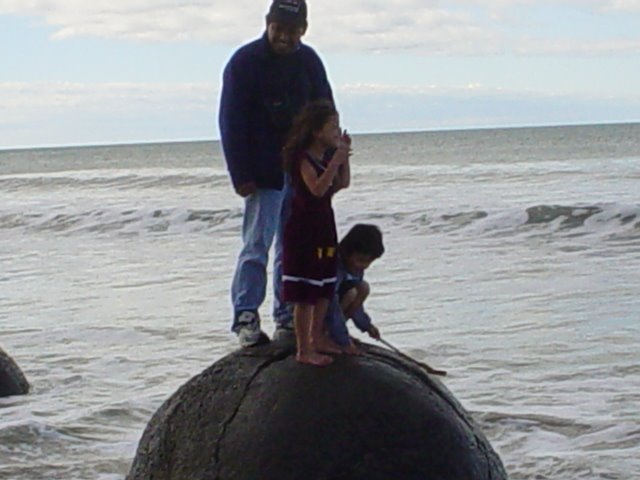A Story for my Mother

A Story for my Mother.
About 10 or 8 years ago, I enjoyed stories written by a Red Crescent worker about her life experiences working for Red Crescent/Cross in countries like Sri Lanka, Nepal and Bosnia. The stories were published in The Star under the column called “Story for My Mother”.
Here is a story for my mother.
I went to an English Training Centre for immigrants to help Ahmad, A Somali, do a spreadsheet assignment on the computer. Ahmad didn’t have a computer at home, but he could use one at the English centre. While I was there, Ahmad introduced me to Jan van Houten who worked part time at the centre. She asked me if I came from Indonesia. No, from Malaysia I said, but all my grandparents were from Indonesia. At the time, both my late grandmothers were still alive.
“So is my late grandmother!” she said.
Jan is a Dutch, lived in Holland since she was a kid, but was born in Suriname. I wasn’t that surprised, her body frame tells me that she is a Malay stock, but her hair is dark and curly, and her eyes are wide open, not like Malay eyes. She told me that her late grandmother was from Western Java, grandfather a native Arawak of Suriname and her father a Dutchman. Coincidentally I read about Suriname in National Geographic the previous week.
She told me her grandmother sailed out of Batavia (Dutch colonial name for Jakarta, or Betawi) in 1925 when she was 17. By definition her grandmother was an indentured labourer, shipped to Suriname to work on sugar plantations of the Dutch colony. By all account, she was treated a little bit better than slaves.
When she boarded ship bound for South America, money was handed over to her parents and the recruitment agent in Batavia. From then on she was bonded to her Dutch employer for the next 10 years. She was marked with number on her hand with hot iron, much like cattle branding by cattle farmers in the Australian outback. The ship took 2 months to arrive in Suriname, with stopovers for provisions in Colombo and Cape Town. Her mother was born in dry season, with no water for washing.
After Suriname’s independence in 1970’s, the family migrated to Holland and settled there. Jan used to talk to her grandmother, and her grandmother told her stories about Java where she came from. In mid 1990’s Jan made a pilgrimage to Java to trace back her roots. She went to her grandmother’s village outside Jakarta.
She showed me the Javanese batik that she bought in Jakarta, which reminded her of her late grandmother. “You have to find out where you came from, and trace back your roots, otherwise you won’t be able to move forward,” she said.
Whenever I went to the English Centre, I made a point of visiting her, because I also have a few friends who was learning English at that time. She liked socialising and helping people of different nationalities. She understand very well the daily life of a Muslim, the halal requirement et al. She was learning to cook food Indonesian style years ago, the nasi goreng, bami goreng and krupuk. But when I saw those names on packets of Dutch food, I had no doubt where those foods get the influence, Indonesia.
Yes I grew up on tempeh, tahu, nasi goreng and sayur lodeh. It still is my favourite food.







No comments:
Post a Comment